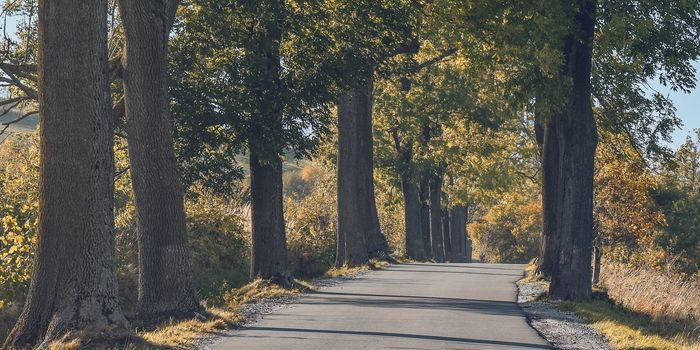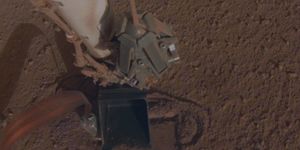CA earthquake caused major fault line movement
Do you recall the July earthquakes in Southern California earlier this year? Beginning on Independence Day, a 6.4-magnitude foreshock shook Ridgecrest, leading to a 7.1-magnitude main shock 36 hours later and 110,000 aftershocks that shook the land as far as Arizona and Nevada. The Ridgecrest earthquake was the strongest that Southern California has seen in 20 years – and now scientists have taken a particular interest in it.
According to assistant professor of geophysics at Caltech Zachary Ross, the Ridgecrest earthquake resulted in the movement of a major fault line, called the Garlock fault. The Garlock fault is over 180 miles from the San Andreas Fault in the direction of Death Valley, and for the first time in recorded history, following the earthquake, it slipped 2 centimeters. Ross published his research in a study in the journal Science late last week.
Because the Garlock fault has historically been dormant, Ross and fellow researchers from Caltech and NASA were curious about this abrupt change. Although the slip has been identified as what scientists call “creeping,” this event does not follow typical seismic patterns, as creeping usually is unrelated to earthquakes, reports the US Geological Survey.
However, the researchers explain the occurrence as the result of the heavy stress that was put on the Garlock fault following the "dominoes-like sequence of ruptures" that occurred over the 21 days and 110,000 aftershocks after the main shock. The team relied on advanced seismometer data with satellite imaging of fault ruptures in order to track this data.
This understanding of, “The Ridgecrest sequence calls for rethinking seismic hazard, as multifault ruptures are not usually considered when assessing seismic risk,” write the authors. “The repeated occurrence of multifault ruptures, as revealed by modern instrumentation and analysis techniques, poses a formidable challenge in quantifying regional seismic hazards,” they add.
This study is of particular relevance as seismologists continue to anticipate the “Big One,” a reference to the long-expected mega-quake that has the potential to devastate Southern California.









